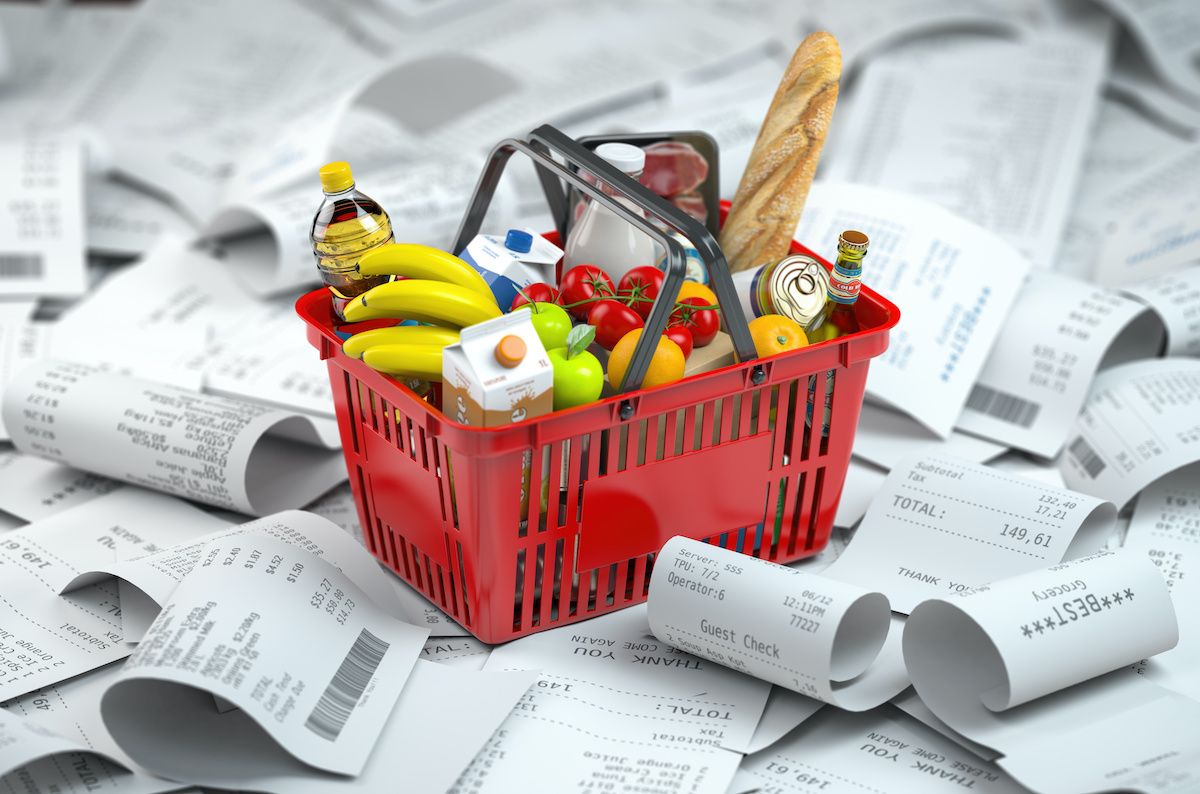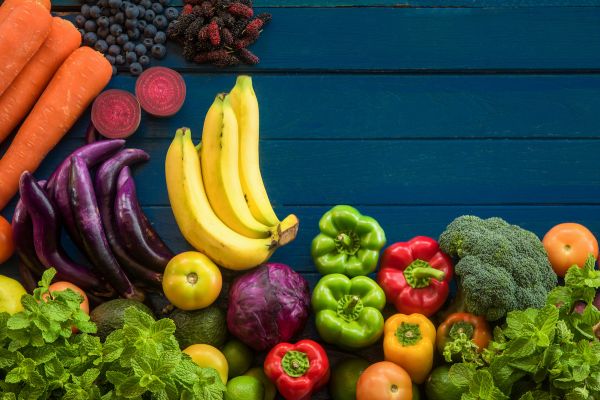How to stretch your food dollars to cover more fruits and vegetables
Food costs are on the rise, but a healthy eating pattern does not have to be a more expensive eating pattern. Eating right on a budget means using strategies to plan, purchase and prepare meals in ways that allow you to stretch your food dollars.
A major component of a healthy diet is eating a variety of fruits and vegetables. Oftentimes when we think about healthy eating, we think about fresh produce. But even with the best of intentions, buying a lot of fresh fruits and vegetables sometimes means those perishable foods end up going to waste. Choosing a variety of fresh, frozen and canned fruits and vegetables can be a great way to purchase more produce while considering cost, flavor and nutrition. Dried fruits also are a good option for snacks and incorporating into recipes.
Buy in-season fresh produce
Choosing fresh fruits and vegetables when they are in-season means that there is a bigger supply of them and therefore a lower price — as well as better flavor. For example, fresh berries are going to be more expensive during the winter, so frozen berries might be a better economical choice in the colder months. A farmers’ market is a great place to get local, seasonal produce. Farmers’ markets now accept SNAP too.
Here in New York state, in-season fall produce includes: apples, beets, bok choy, broccoli, brussels sprouts, corn, cucumbers, cabbage, carrots, cauliflower, celery, collard greens, garlic, ginger, grapes, green beans, eggplant, endive, kale, leeks, lettuce, mushrooms, onions, parsnips, peaches, pears, peas, potatoes, pumpkins, radishes, spinach, sweet potatoes/yams, swiss chard, turnips, tomatoes and winter squash like acorn or butternut squash. Try these low-cost recipes that use seasonal produce this fall:
- Pasta with Greens, Beans, and Chicken
- Spicy Carrots and Squash
- Apple Salad with Sweet and Tangy Yogurt Dressing
Choose cost-conscious canned and frozen options
Most canned and frozen produce is processed within hours of harvest, locking in the nutrition and flavor. That means these can be great choices to have on hand year-round! Frozen vegetables can be cooked up quickly in the microwave for a super easy side dish. Steam options like green beans, carrots, broccoli in a bowl with a small amount of water in the microwave.
Other tips:
- Buy plain frozen vegetables and add your own seasonings at home. The options that come in sauces are often more expensive and can add a lot of extra calories or sodium.
- Look for the best value. Frozen vegetables that are usually most affordable price per pound include carrots, cut green beans, okra, green peas, collard greens, corn, cauliflower, broccoli, turnip greens, and spinach.
- Read the labels and select options without added sugar or salt.
- Choose cheaper canned fruits and vegetables. Typically, the most affordable include applesauce, pineapples, mandarin oranges, peaches, pears, grapefruit, green beans, corn, carrots, potatoes, peas, tomatoes, sauerkraut and beets.
Read your grocery store’s sale flyer when planning meals and shopping lists to take advantage of lower produce costs each week. Taking this preparation time before you get to the store will help you have healthy meals and snacks while sticking to your food budget. Look for tips for meal planning and preparation and grocery shopping in next month’s article!



